The BBC EMT 950/347 (Wide Body) Turntable, by John Shaw
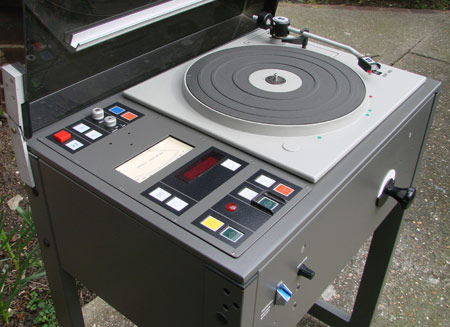
These impressive machines were built in Kippenheim, Germany, at the legendary EMT factory founded by Wilhelm Franz.
Both machines could be mounted on their own legs or in a console; the shock absorber frame was built-in.
Start time of the platter at 33 rpm was 200 milliseconds, and, just by pushing the reverse button, the disk would rotate backwards to find the beginning of a track: the operator could monitor the cueing with either headphones or the inbuilt speaker.
The 950 had three speeds (33, 45 and 78 rpm) with automatic selection of 33 or 45 at the raising of the central adapter for the smaller records, an EMT 929 tone arm was used as standard finished in aluminum with brass or black counterweight with bias compensation.
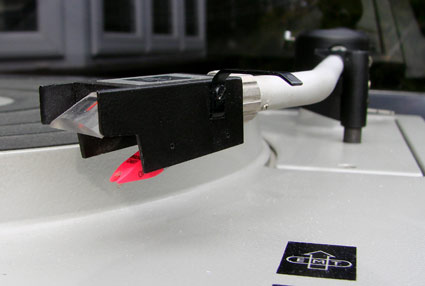
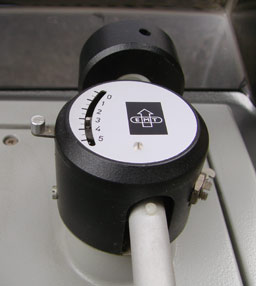
The cartridge options were either the TSD-15 moving coil or the Shure moving magnet type - modifications had to be made to the equalizer board to accommodate the MC version, with the addition of two transformers. The EMT "9 950 347", or, as it is more widely known, the 'BBC', was one of the final developments of the most formidable professional record reproducers ever manufactured.
The 950 broadcast-quality EMTs were certainly the flagship of the range, they were based on an efficient direct-drive system and very complex electronics that allowed a very quick start-up time and braking facility, essential for cueing in a radio environment.
Sturdiness, stability and overall reliability were the main priority of this professional turntable. Expense was no object; the end result was a 75-Kgs monument to the technique of ultimate record reproduction.
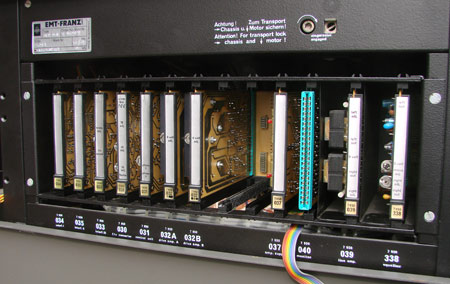
Wow, flutter and rumble were simply too low to be measured, start-up time of 200 m/sec was appropriate for broadcast cueing as was the possibility of turning the record backwards to the touch of a button to search for the desired cueing point. The superb 929 tone arm was a fitting complement to this formidable machine.
The 950 was undoubtedly way too complex and expensive for normal customers, but it enjoyed immediately a healthy success amongst the main broadcast corporations around the world. They all bought their own versions of the 950.
The ultimate customization of the 950 arrived in the early 1980s with an order from the British Broadcasting Corporation. The BBC had used for years Garrard 301s and 401s, followed by the Technics SP-10, but the overall quality and operation facilities of the 950 made it the natural choice.
The BBC also required some very special accessories for their machines, and this is where the history becomes quite interesting.
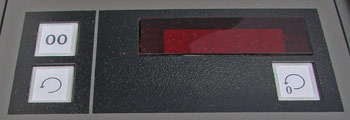
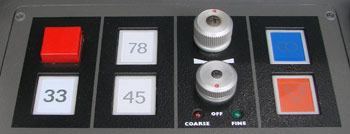
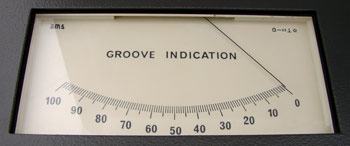
Another feature was the 'course and fine' variable speed controls - very rare on a broadcast machine but proved necessary for some non-standard speed disks (like several early 78's that played at 80rpm)
There was an additional facility on the 347, namely a groove meter - this was a very helpful visual tool to see at a glance the remaining playing time on a vinyl LP record.
One other facility in this complex machine is the stylus illuminator, evidently deemed not so necessary by British engineers, but it could be installed anyway as a very useful extra. On the other hand, the BBC found it advantageous to fit several more controls on the front panel of the 347 being a Penny & Giles
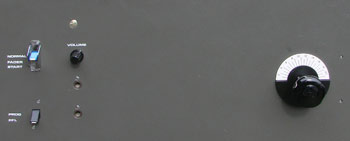
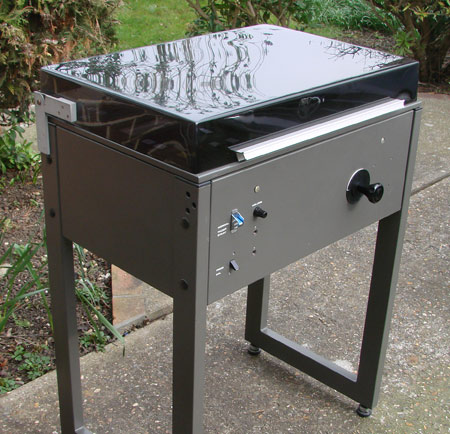
The whole machine is protected by a large hinged Perspex cover thoughtfully incorporating a record-sleeve holder.
Finally, the 347 sits 10 cm higher than the standard Narrowline 950, whose massive metallic legs are 73 cm tall.- with the adjustable feet bringing the total height to 83 cm.
Weight of the BBC 950/347 complete with stand is nearly 76 kilograms.
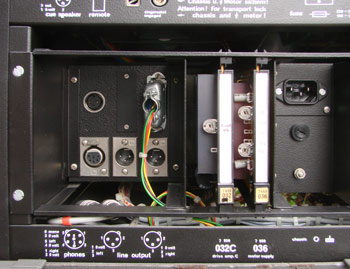
Two balanced line output XLR sockets
Speaker output
Headphone output
Serial port for remote functions
Adjustable multi voltage switch
Both turntables shown in my studio (below) have been lovingly restored by myself and operate beautifully!
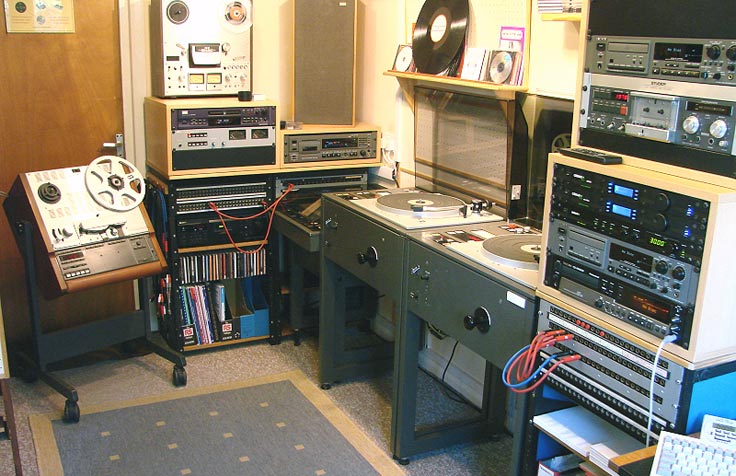

External link
